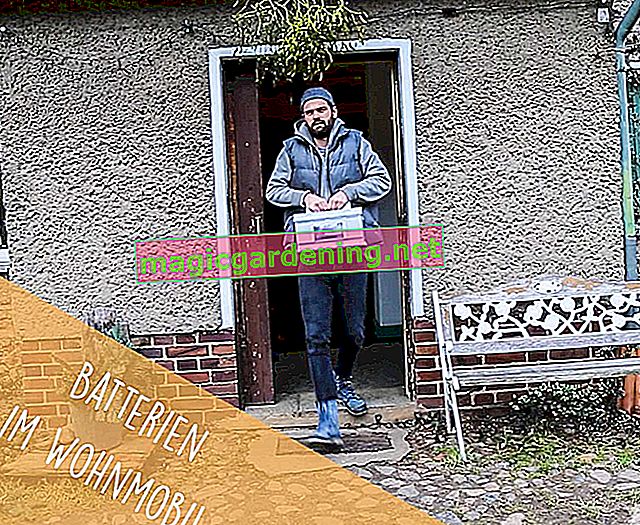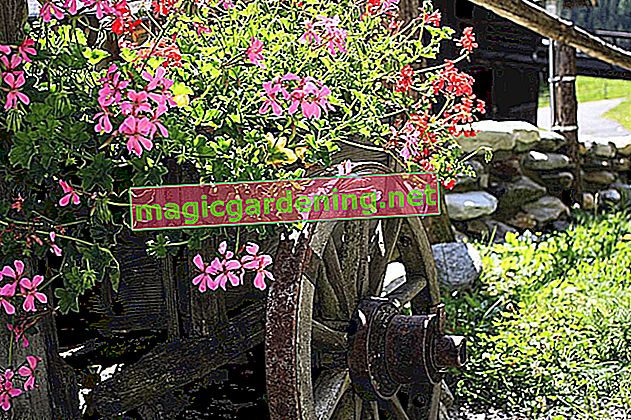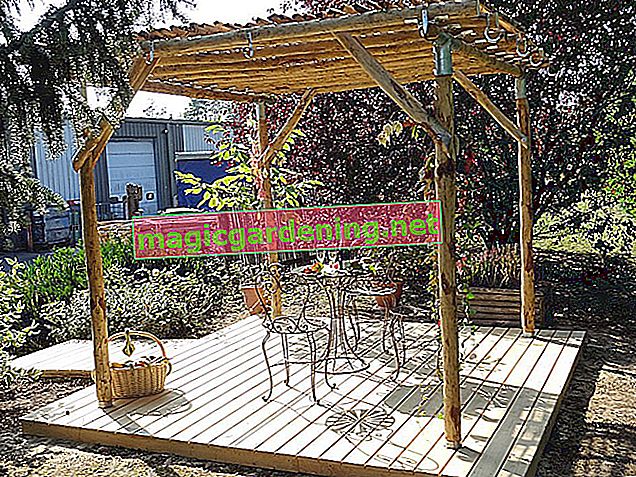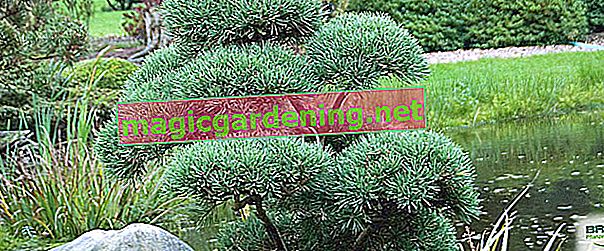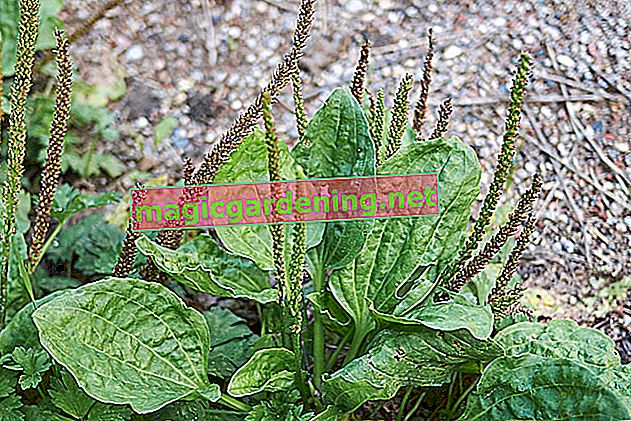
Semen procurement
You can get zinnia seeds in many nurseries or in specialist shops. In the seed bags there is usually a mixture of seeds of different colors. If you have already grown zinnias in your garden, you can harvest the seeds yourself in autumn.
also read
- Hibernating zinnias - is that possible?
- Which location do zinnias prefer?
- Zinnia care: These are the requirements for the colorful permanent bloomers
The cultivation
You can grow the zinnias indoors as early as February. Special cold frames for the windowsill are ideal. Follow these steps:
- Fill the growing containers with nutrient-poor seed compost.
- Do not sow seeds too closely. In small growing pots (€ 14.90 at Amazon *), a maximum of three, or even better, only one seed should be placed. A distance of five to ten centimeters is recommended for seed trays.
- Cover the seeds thinly with soil, as zinnia is a dark germ.
- Moisten well with a sprayer.
- Put a lid on. This should always remain slightly open (insert a wooden stick) so that the seeds do not start to go moldy or rot. Alternatively, you can remove the cover for a short time every day.
- Place the vessels in a warm place by the window sill where the zinnias will germinate after eight to ten days.
- If several seeds have been introduced into each pot, they must be pricked out when the plant is ten centimeters high.
Transfer to the field
After the ice saints, when the temperatures no longer drop below freezing point, the small zinnias are planted in the garden.
Direct sowing
Zinnias also germinate well outdoors. If you do not want to rely on self-sowing, which is not reliable due to the frost sensitivity of the plants in our latitudes, you can sow zinnia directly into the bed from mid-May. The seeds are placed three centimeters deep in the ground at a distance of about eight inches, covered with earth and poured with a soft stream.
Tips
Zinnias are well suited as an attractive balcony planting that can easily cope with hot phases and thunderstorms. However, it is important to water the zinnia sufficiently and to fertilize it regularly so that it continues to bloom.

